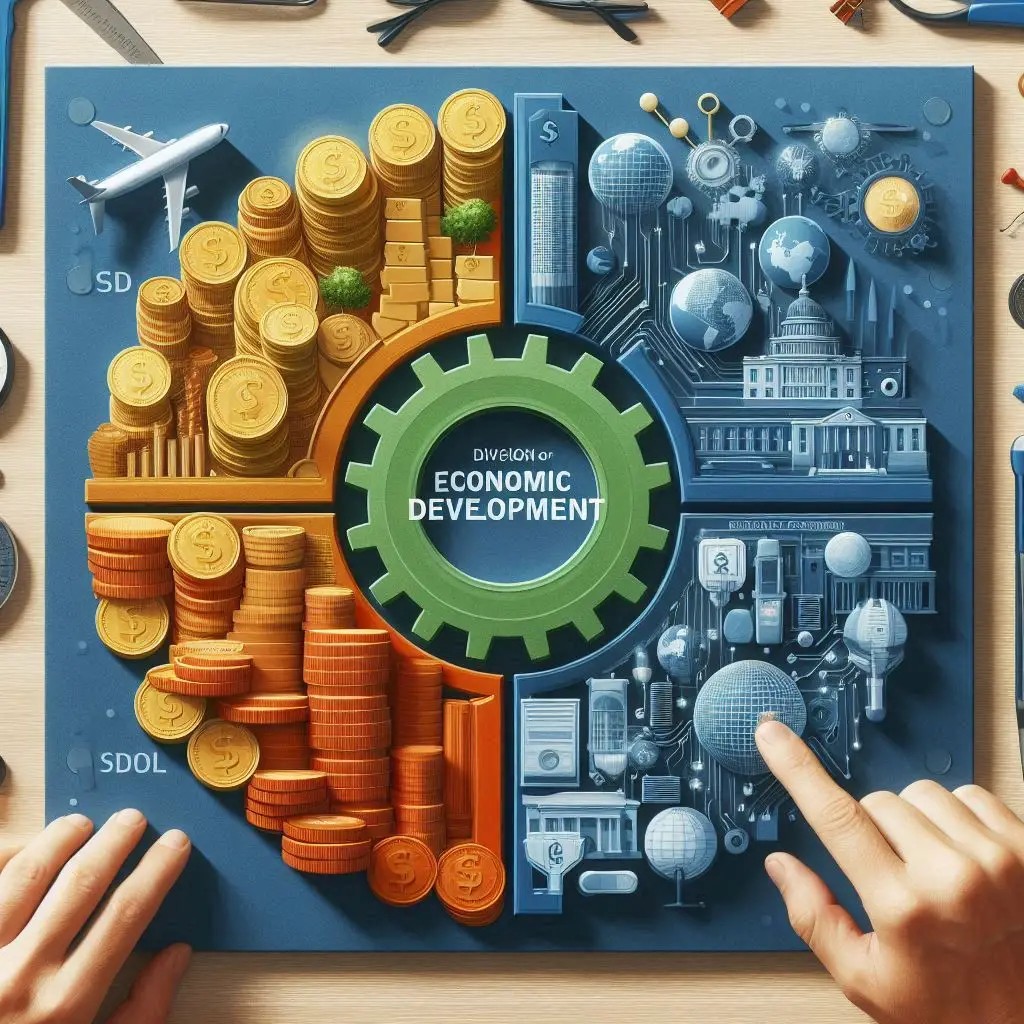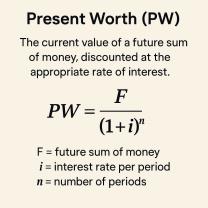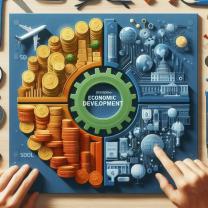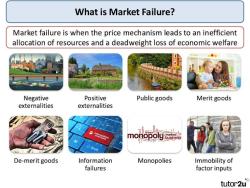What is the division of economic development?
The Division of Economic Development is typically a governmental or organizational unit responsible for creating, implementing, and supporting programs that stimulate economic growth and improve community well-being. Its main focus is on job creation, business development, investment attraction, and sustainable economic strategies that benefit both individuals and the larger economy.
Functions of a Division of Economic Development
Business Support & Growth
Assists local businesses with resources, training, and funding opportunities.
Helps entrepreneurs and startups get established.
Investment Attraction
Promotes the region to attract domestic and foreign investors.
Encourages industries to set up operations, bringing jobs and capital.
Job Creation & Workforce Development
Develops training programs to prepare workers for in-demand skills.
Connects employers with qualified talent.
Policy & Planning
Advises government leaders on economic strategies, tax policies, and incentives.
Develops long-term economic plans for sustainable growth.
Community Development
Supports infrastructure improvements (transportation, utilities, digital access).
Works with housing, education, and public services to improve quality of life.
Innovation & Competitiveness
Encourages research, technology adoption, and innovation hubs.
Helps local industries remain competitive in global markets.
Importance of a Division of Economic Development
Stimulates Local Economy: Attracts new businesses and supports existing ones, boosting tax revenues and community services.
Creates Opportunities: Expands employment options and improves career pathways.
Reduces Inequality: Provides programs for disadvantaged communities, ensuring inclusive growth.
Strengthens Resilience: Helps regions adapt to economic changes, such as recessions or industry shifts.
Builds Partnerships: Links governments, businesses, and communities to achieve shared economic goals.
In short, the Division of Economic Development acts as a catalyst for growth and prosperity, ensuring that both businesses and residents benefit from a stronger, more resilient economy.
Here are some real-world examples of Divisions of Economic Development in the U.S. and how they function:
1. New York – Empire State Development (ESD)
Role: New York State’s chief economic development agency.
Key Functions:
Provides tax incentives and grants to attract businesses.
Supports small business growth through financing programs.
Invests in tourism, arts, and regional development.
Impact: Has helped attract tech companies to New York City and revitalized upstate communities through job creation programs.
2. Virginia – Virginia Economic Development Partnership (VEDP)
Role: Works to promote Virginia as a top business destination.
Key Functions:
Attracts international companies (especially in manufacturing and logistics).
Provides workforce training initiatives (e.g., Virginia Talent Accelerator Program).
Promotes exports and global trade for Virginia businesses.
Impact: Brought Amazon’s HQ2 project to Arlington, VA, creating tens of thousands of jobs.
3. Alaska – Division of Economic Development (within the Department of Commerce)
Role: Supports Alaska’s diverse economy, especially resource-based industries.
Key Functions:
Provides loans and investment programs for fisheries, tourism, and mining.
Helps small businesses access state and federal funding.
Markets Alaska as a destination for tourism and investment.
Impact: Strengthens local industries in a state with unique geographical challenges.
4. Nevada – Governor’s Office of Economic Development (GOED)
Role: Oversees statewide economic diversification.
Key Functions:
Focuses on growing industries like clean energy, aerospace, and tech.
Manages tax abatement programs to attract businesses.
Invests in workforce development in partnership with colleges.
Impact: Helped transform Nevada from a casino-driven economy into a hub for technology (Tesla Gigafactory in Reno).
5. Hawaii – Department of Business, Economic Development & Tourism (DBEDT)
Role: Encourages sustainable economic growth while protecting Hawaii’s culture and environment.
Key Functions:
Develops renewable energy projects.
Promotes film and creative industries.
Supports tourism marketing campaigns.
Impact: Has balanced economic growth with environmental sustainability and cultural preservation.
Common Threads Across These Divisions
Business Attraction & Retention (tax incentives, site development).
Workforce Training (aligning skills with market demand).
Global Trade & Exports (helping local businesses access international markets).
Community Development (infrastructure, tourism, cultural projects).
In short, while each division tailors its programs to local needs, they all share the goal of creating jobs, strengthening industries, and ensuring long-term prosperity for their communities.
Understanding the Division of Economic Development
The Division of Economic Development refers to a governmental or quasi-governmental agency, often at the local, regional, or state level, dedicated to fostering economic growth and prosperity within its jurisdiction. Its core mission typically involves creating a favorable business environment, attracting new investments, retaining existing businesses, and ultimately enhancing the overall quality of life for residents through job creation and increased tax revenue. These divisions play a crucial role in shaping a region's economic landscape by implementing strategies that promote long-term stability and expansion.
Key Functions and Responsibilities
The responsibilities of an economic development division are broad and multifaceted. They often include:
Business Attraction and Recruitment: Actively seeking out and encouraging companies to relocate or expand into the area, often through incentives, marketing, and site selection assistance.
Business Retention and Expansion (BRE): Supporting existing local businesses to help them thrive, grow, and remain in the community, preventing job losses.
Workforce Development: Collaborating with educational institutions and employers to ensure a skilled workforce that meets industry demands.
Infrastructure Improvement: Advocating for and sometimes directly participating in the development of necessary infrastructure, such as transportation, utilities, and broadband, to support business operations.
Small Business Support: Providing resources, guidance, and access to capital for startups and small businesses.
Marketing and Promotion: Highlighting the region's advantages to potential investors and businesses.
Data Analysis and Research: Collecting and analyzing economic data to inform strategies and identify growth opportunities.
How Economic Development Divisions Impact Communities
Economic development divisions profoundly impact communities in several ways:
Job Creation: Their efforts lead to new businesses and expansions, directly increasing employment opportunities for residents.
Increased Tax Base: More businesses and a larger workforce result in higher property, sales, and income tax revenues, which can fund public services like schools, roads, and emergency services.
Improved Quality of Life: A strong economy often translates into better public services, amenities, and overall prosperity for residents.
Diversification of Economy: By attracting various industries, these divisions help reduce reliance on a single sector, making the local economy more resilient to downturns.
Community Revitalization: Economic development can spur investment in underdeveloped areas, leading to revitalization projects and increased property values.
Policies and Programs Administered
Economic development divisions administer a range of policies and programs designed to achieve their objectives. These can include:
Tax Incentives and Abatements: Offering reduced property taxes or other tax breaks to businesses that create jobs or make significant investments.
Grants and Loans: Providing financial assistance for business startups, expansions, or infrastructure projects.
Workforce Training Programs: Funding or facilitating programs to train residents for in-demand jobs.
Enterprise Zones: Designating specific geographic areas for special incentives to encourage investment and job creation.
Permit Streamlining: Working to simplify and expedite the permitting process for businesses.
Marketing Campaigns: Developing and executing campaigns to attract target industries.
Measuring Success and Outcomes
Measuring the success of economic development efforts is essential for accountability and future planning. Divisions typically track a variety of metrics, including:
Job Creation Numbers: The number of new jobs created or retained.
Capital Investment: The amount of private capital invested in the region.
Tax Revenue Growth: Increases in local and state tax revenues attributable to economic activity.
Unemployment Rates: Decreases in the local unemployment rate.
Wage Growth: Increases in average wages for residents.
Business Startups and Closures: Monitoring the rate of new business formation and business failures.
Property Values: Increases in commercial and residential property values.
These outcomes demonstrate the tangible benefits of a proactive approach to economic growth.












